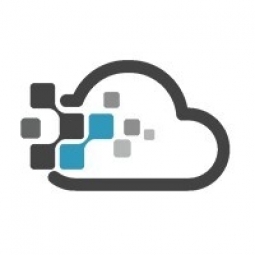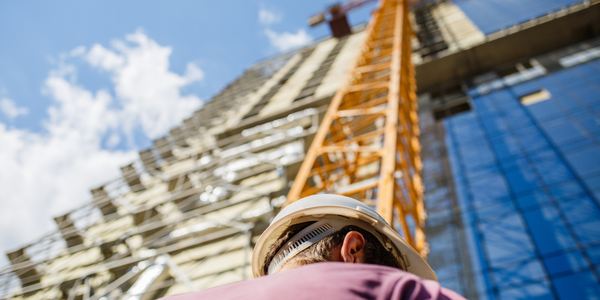技术
- 基础设施即服务 (IaaS) - 混合云
- 传感器 - 温度传感器
适用行业
- 水泥
- 建筑与基础设施
适用功能
- 维护
- 产品研发
用例
- 施工管理
- 基础设施检查
服务
- 云规划/设计/实施服务
- 系统集成
关于客户
兄弟工业株式会社成立于 1908 年,以缝纫机维修起家,现已发展成为一家全球性企业,业务遍及欧洲、美国、亚洲、中东等全球 40 多个国家和地区。非洲。尽管COVID-19对各行业造成影响,但该公司面向SOHO和家用缝纫机的打印机多功能设备的销量仍保持稳定。作为在竞争激烈的全球市场中继续发展的战略的一部分,兄弟工业正在将其内部 IT 基础设施迁移到云。
挑战
Brother Industries 是一家在 40 多个国家/地区开展业务的全球性企业,正在寻求在竞争激烈的全球市场中促进增长并提高成本竞争力的方法。作为该战略的一部分,该公司决定将其内部 IT 基础设施迁移到云。这一转变的第一步是向他们的打印机开发团队引入 Rescale,这是一种专为云构建的高性能计算 (HPC) 解决方案。然而,当其内部开发的分析自动化系统 ATLAS 内置硬件的维护合同于 2019 年到期时,该公司面临着挑战。该公司被迫决定是否续签合同或寻求替代解决方案。此外,ATLAS内置的一些分析工具需要高规格的CPU,这给公司的预算带来了压力。
解决方案
为了应对这些挑战,兄弟工业决定构建一个混合环境,将云 CAE 无缝整合到内部系统中。这需要值得信赖的合作伙伴的支持,该公司选择了 Brother IT 部门的长期技术合作伙伴 ISID 来确定满足其需求的最佳 CAE/HPC 解决方案。选择的解决方案是 Rescale,它在 HPC 环境中执行需要大量机器资源的计算机模拟。凭借 1000 多个商业和开源应用程序,Rescale 使 Brother Industries 可以轻松地将最佳应用程序和硬件结合起来以满足其需求。 ATLAS和Rescale混合环境的建设于2019年9月开始,同年12月完成,次年3月全面投入运营。
运营影响

Case Study missing?
Start adding your own!
Register with your work email and create a new case study profile for your business.
相关案例.

Case Study
System 800xA at Indian Cement Plants
Chettinad Cement recognized that further efficiencies could be achieved in its cement manufacturing process. It looked to investing in comprehensive operational and control technologies to manage and derive productivity and energy efficiency gains from the assets on Line 2, their second plant in India.
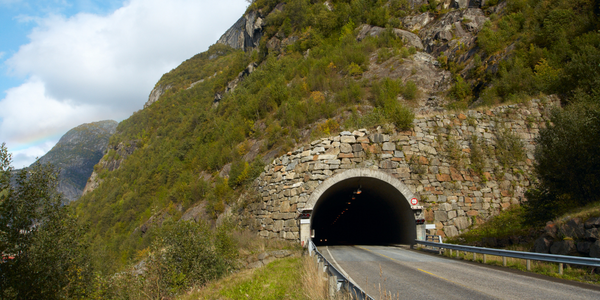
Case Study
IoT System for Tunnel Construction
The Zenitaka Corporation ('Zenitaka') has two major business areas: its architectural business focuses on structures such as government buildings, office buildings, and commercial facilities, while its civil engineering business is targeted at structures such as tunnels, bridges and dams. Within these areas, there presented two issues that have always persisted in regard to the construction of mountain tunnels. These issues are 'improving safety" and "reducing energy consumption". Mountain tunnels construction requires a massive amount of electricity. This is because there are many kinds of electrical equipment being used day and night, including construction machinery, construction lighting, and ventilating fan. Despite this, the amount of power consumption is generally not tightly managed. In many cases, the exact amount of power consumption is only ascertained when the bill from the power company becomes available. Sometimes, corporations install demand-monitoring equipment to help curb the maximum power demanded. However, even in these cases, the devices only allow the total volume of power consumption to be ascertained, or they may issue warnings to prevent the contracted volume of power from being exceeded. In order to tackle the issue of reducing power consumption, it was first necessary to obtain an accurate breakdown of how much power was being used in each particular area. In other words, we needed to be able to visualize the amount of power being consumed. Safety, was also not being managed very rigorously. Even now, tunnel construction sites often use a 'name label' system for managing entry into the work site. Specifically, red labels with white reverse sides that bear the workers' names on both sides are displayed at the tunnel work site entrance. The workers themselves then flip the name label to the appropriate side when entering or exiting from the work site to indicate whether or not they are working inside the tunnel at any given time. If a worker forgets to flip his or her name label when entering or exiting from the tunnel, management cannot be performed effectively. In order to tackle the challenges mentioned above, Zenitaka decided to build a system that could improve the safety of tunnel construction as well as reduce the amount of power consumed. In other words, this new system would facilitate a clear picture of which workers were working in each location at the mountain tunnel construction site, as well as which processes were being carried out at those respective locations at any given time. The system would maintain the safety of all workers while also carefully controlling the electrical equipment to reduce unnecessary power consumption. Having decided on the concept, our next concern was whether there existed any kind of robust hardware that would not break down at the construction work site, that could move freely in response to changes in the working environment, and that could accurately detect workers and vehicles using radio frequency identification (RFID). Given that this system would involve many components that were new to Zenitaka, we decided to enlist the cooperation of E.I.Sol Co., Ltd. ('E.I.Sol') as our joint development partner, as they had provided us with a highly practical proposal.

Case Study
Splunk Partnership Ties Together Big Data & IoT Services
Splunk was faced with the need to meet emerging customer demands for interfacing IoT projects to its suite of services. The company required an IoT partner that would be able to easily and quickly integrate with its Splunk Enterprise platform, rather than allocating development resources and time to building out an IoT interface and application platform.
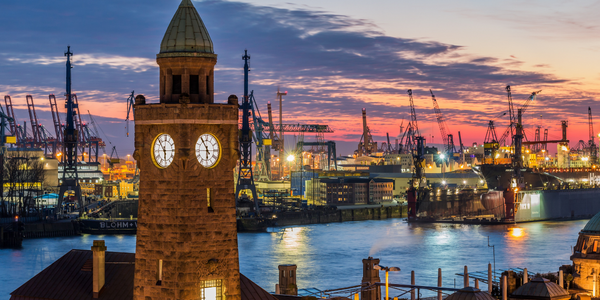
Case Study
Bridge monitoring in Hamburg Port
Kattwyk Bridge is used for both rail and road transport, and it has played an important role in the Port of Hamburg since 1973. However, the increasing pressure from traffic requires a monitoring solution. The goal of the project is to assess in real-time the bridge's status and dynamic responses to traffic and lift processes.
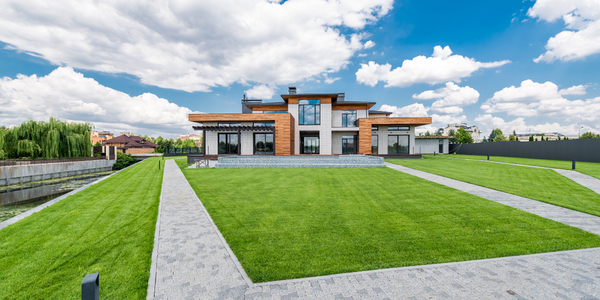
Case Study
Bellas Landscaping
Leading landscaping firm serving central Illinois streamlines operations with Samsara’s real-time fleet tracking solution: • 30+ vehicle fleet includes International Terrastar dump trucks and flatbeds, medium- and light-duty pickups from Ford and Chevrolet. Winter fleet includes of snow plows and salters.




